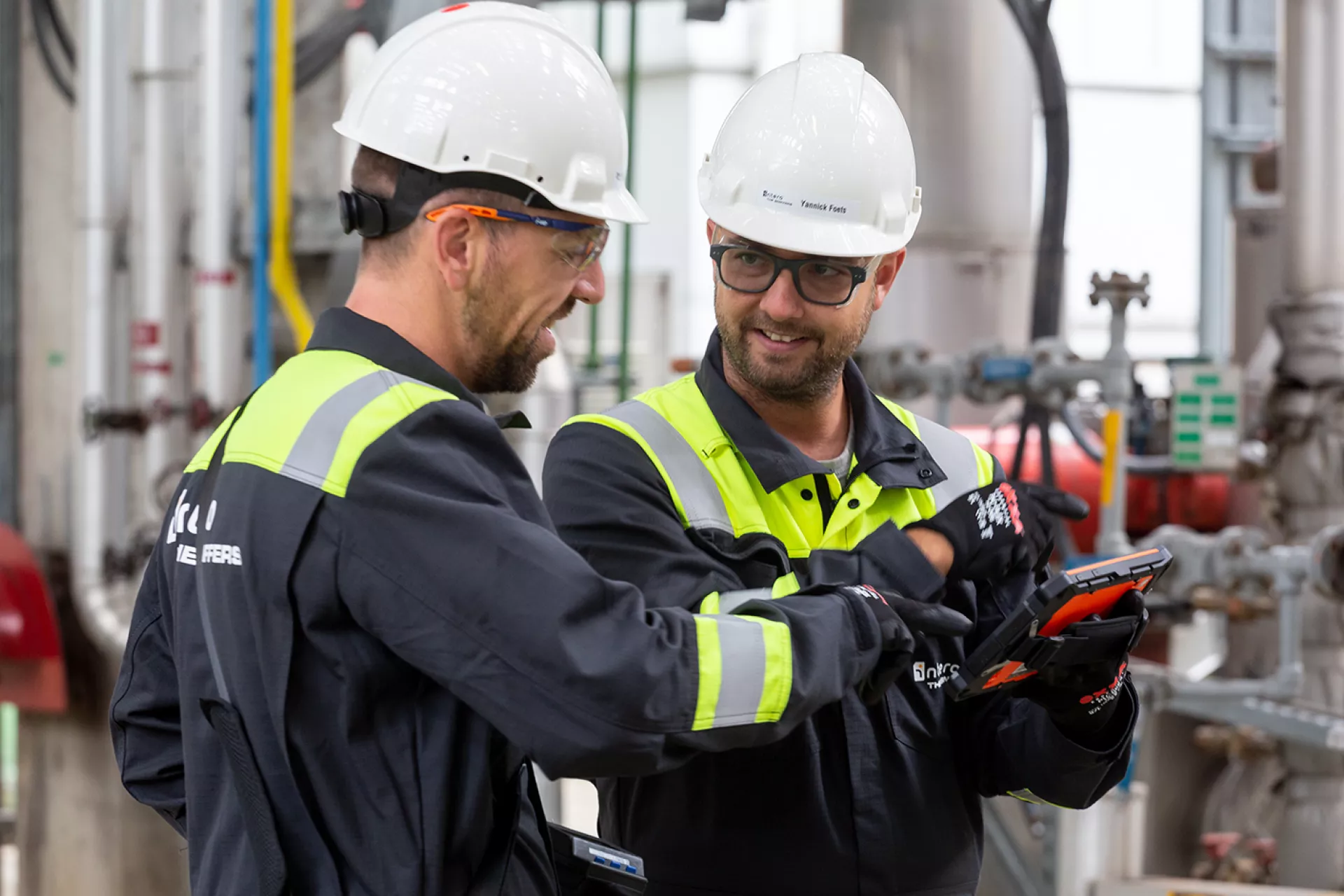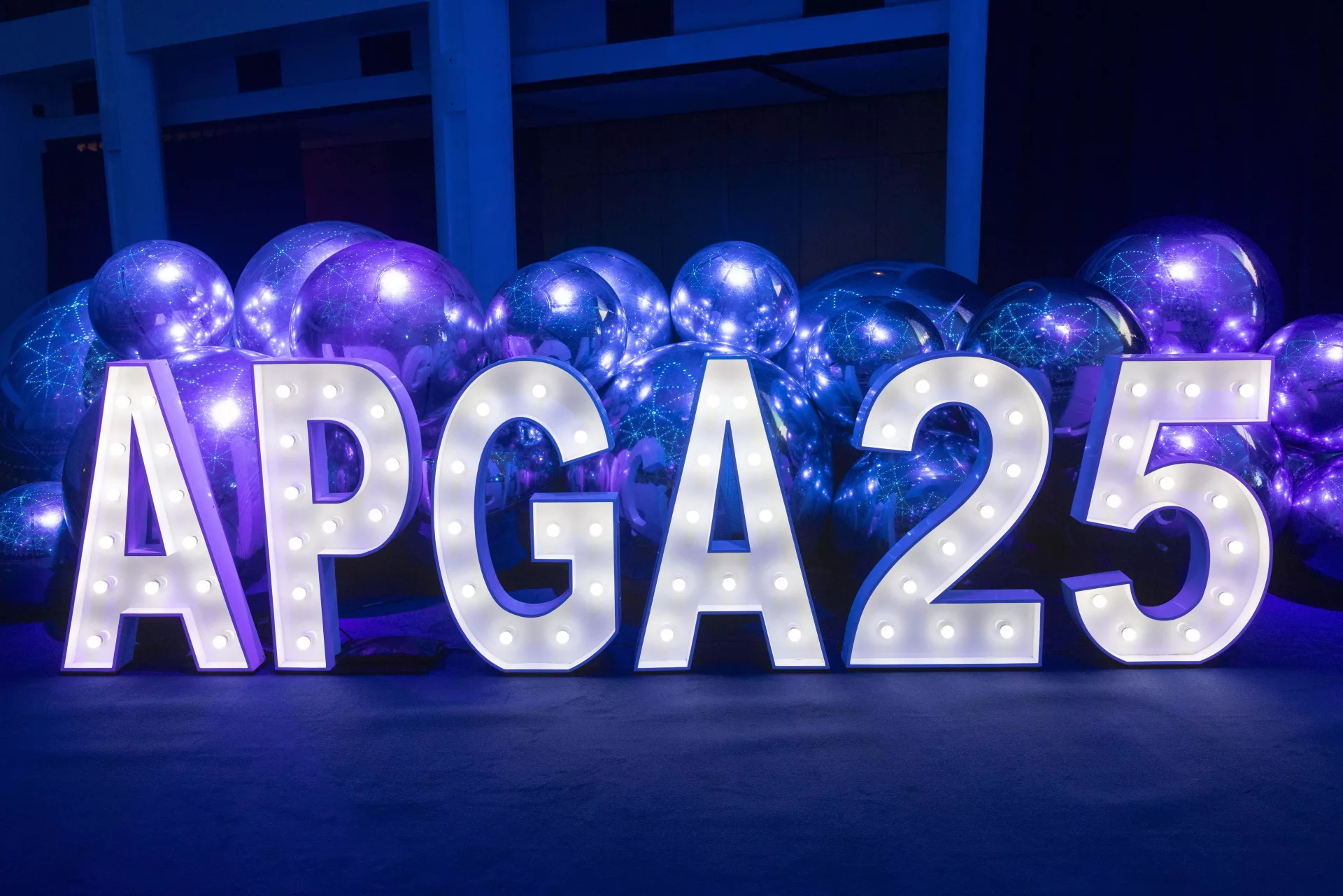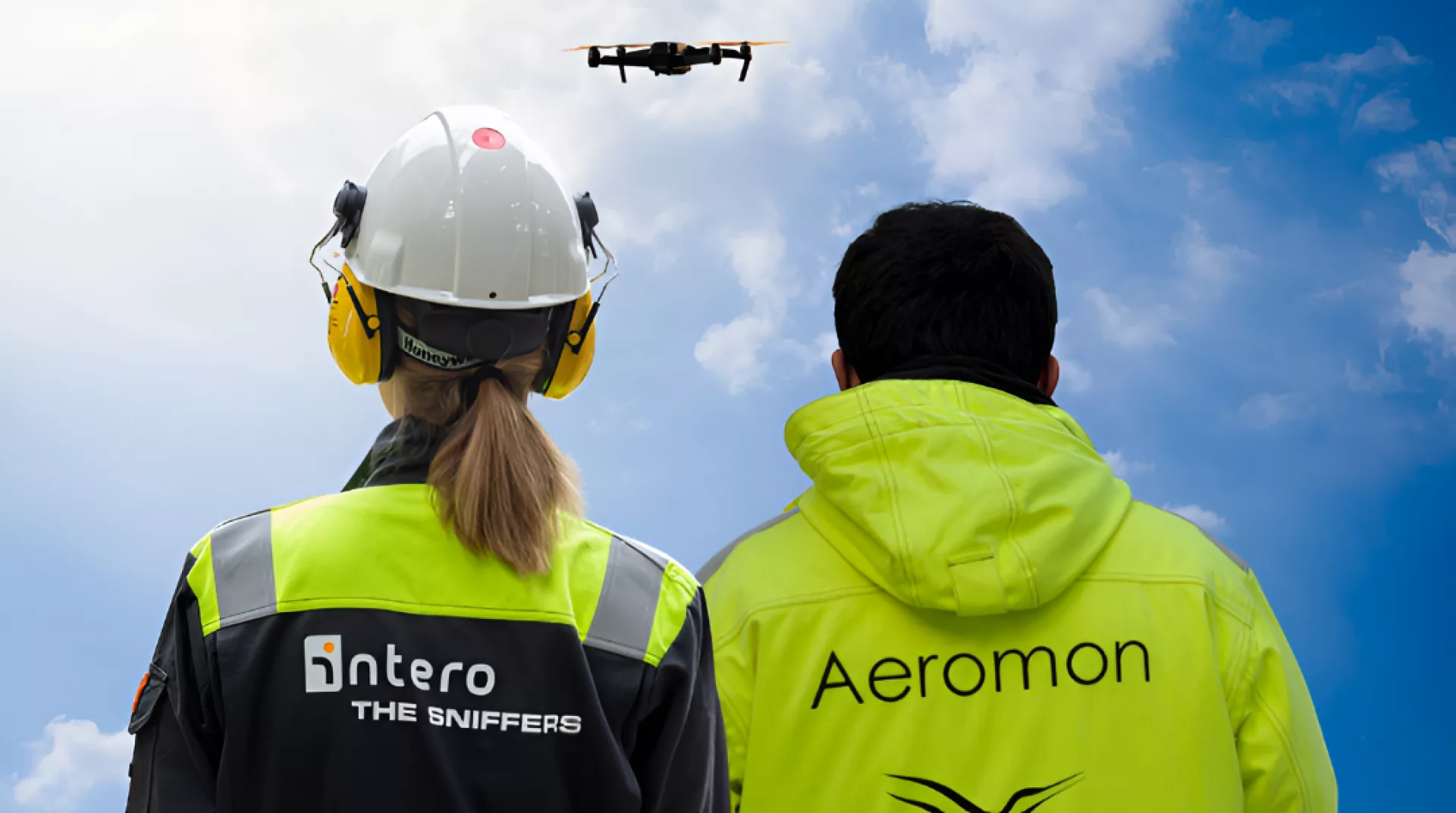
Case study: advisory towards OGMP2.0
Creating a customized roadmap toward the Gold Standard for a major oil and gas producer in the Middle East
When an oil and gas company becomes an OGMP member, the entire organization needs to understand what the requirements are to comply, what the company’s ambition is and share the knowledge and enthusiasm to work towards that ambition. Creating a roadmap is therefore ideal.
In this case study, we share:
- how such a roadmap was created for an oil and gas major in the Middle East
- what the main challenges were
- what the environmental ambition and KPI’s were of the OGMP member
- the 4 key steps of the advisory program
- why our expertise in technologies made the difference
- which next steps were defined
Committed to OGMP2.0
One of the world’s major oil and gas producers committed to reducing their methane emissions across their oil and gas value chain and in line with the OGMP2.0 requirements.
However, to comply with this Reporting Framework, the producer came across several challenges.
Their main challenge was the nature and size of their operation. With over 60 operating assets across their oil and gas value chain from production, gathering, processing, storage, and distribution, they were challenged with:
- identifying and quantifying all methane loss scenarios across their value chain
- verifying and establishing a credible baseline for methane emissions across their 60 assets in a limited time
- identifying best practices and technologies for each type of operating asset to measure, quantify, and reduce methane emissions
- ensuring that the OGMP requirements were clear for everyone across all assets
Setup of the OGMP 2.0 advisory program
After the company’s ambition and KPI’s were clear, our technical experts set up an advisory program consisting of 4 key phases:
- collecting emission data and reviewing that data followed by a preliminary workshop with each asset/site
- performing a desktop assessment of the inventory of sources followed by site visits
to check whether this theoretical approach on P&IDs matched the actual situation onsite by choosing different sample locations - sharing our preliminary findings and discussing them with the client’s contact persons for each asset to get their ‘buy-ins’
- creating a roadmap and assisting the oil and gas operator in getting it approved by their management and by the OGMP committee


Intero wins APGA Innovation Award for Robotic MFL Pipeline Inspection

Intero Integrity Services establishes Supervisory Board to accelerate growth and strengthen leadership
